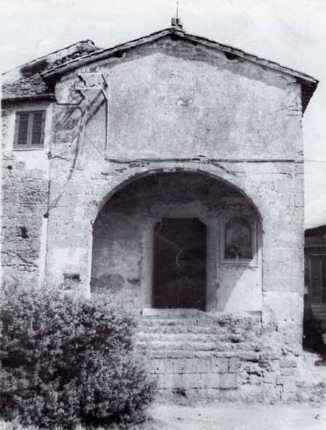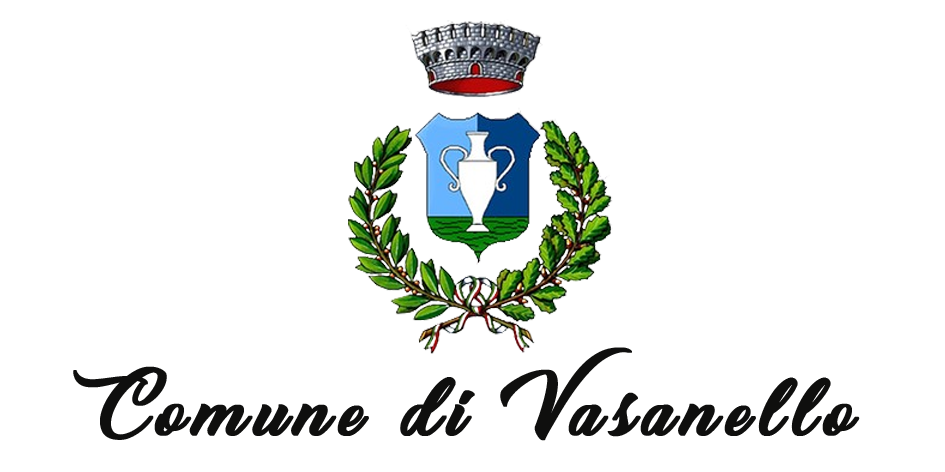Santa Madonna delle Grazie
Abbey of Madonna delle Grazie



A questa piccola abazia è legata una speculazione di carattere storico-artistico decisamente affascinante. Edificato nel XIV secolo, l’edificio è ornato da affreschi della fine del XV secolo per lungo tempo attribuiti, in blocco, ad Antonio del Massaro detto Pastura.
Fu questi artefice certamente importante nel panorama della pittura del Primo Rinascimento Viterbese, ma altrettanto certamente non accostabile ai grandi maestri del suo tempo. Ebbene, l’attribuzione di tutti gli affreschi della chiesa a questo artista è frutto di un marchiano errore interpretativo, della Soprintendenza, di quanto scrisse in proposito lo storico Italo Faldi, che non attribuì infatti tutti gli affreschi al Pastura, bensì solo i tre della parete absidale che incorniciano l’edicola interna, vale a dire: l’Annunciazione, la Natività e l’Adorazione dei Magi.
Faldi non si espresse sull’edicola interna e su quella, pregevolissima, posta sotto al portico esterno. Tale comprovata circostanza, sommata alla straordinaria qualità dell’affresco dell’edicola esterna – e al coinvolgimento di Pintoricchio nel primo ciclo di decorazioni di Castello Orsini -, hanno indotto a formulare l’ipotesi che a realizzare quest’opera possa essere stato il migliore allievo del pittore: l’allora giovanissimo Raffaello Sanzio.
Inoltre, dal raffronto dell’ovale del volto della Vergine e di quello di una delle dame raffigurate nella Madonna dei Raccomandati, pala d’altare datata 1502 conservata ad Orte, è stata avanzata l’ipotesi che ad ispirare entrambi i soggetti fu Giulia Farnese; della quale, come noto, a causa della damnatio memoriae cui fu fatta oggetto dopo la fine della sua relazione con papa Alessandro VI Borja, ad oggi non si conoscono ritratti certi. In proposito le parole dell’autorevole storico farnesiano Bonaventura Caprio assumono allora un significato cruciale: “allo stato la Vergine dell’affresco della chiesa della Madonna delle Grazie a Vasanello, e la dama del dipinto ortano, rappresentano le più convincenti ipotesi circa il vero volto della Farnese.”
(Fonte: “Il sorriso di Giulia 2.0”, Ardelio Loppi, Gruppo Albatros, Roma, 2021)
A fascinating historical and artistic speculation is linked to this small abbey. Built in the 14th century, the building is adorned with frescoes from the late 15th century, which were long attributed in their entirety to Antonio del Massaro, known as Pastura. He was certainly an important figure in the early Renaissance painting scene of Viterbo, but by no means comparable to the great masters of his time.
However, the attribution of all the church’s frescoes to this artist is the result of a glaring misinterpretation by the Superintendence, based on historian Italo Faldi’s writings. In reality, Faldi did not attribute all the frescoes to Pastura but only the three on the apse wall framing the inner aedicule: the Annunciation, the Nativity, and the Adoration of the Magi. He did not comment on the inner aedicule or on the remarkable one located beneath the external portico.
This well-documented fact, combined with the extraordinary quality of the fresco on the external aedicule and the involvement of Pinturicchio in the first cycle of decorations at Castello Orsini, has led to the hypothesis that this work may have been executed by the painter’s most talented pupil—the then very young Raphael Sanzio.
Moreover, a comparison between the oval shape of the Virgin’s face and that of one of the ladies depicted in Madonna dei Raccomandati—an altarpiece dated 1502 and preserved in Orte—has led to the suggestion that both subjects were inspired by Giulia Farnese. Due to the damnatio memoriae imposed on her after the end of her relationship with Pope Alexander VI Borgia, no confirmed portraits of her are known today.
In this regard, the words of the esteemed Farnese historian Bonaventura Caprio take on crucial significance: “As it stands, the Virgin in the fresco of the Church of Madonna delle Grazie in Vasanello and the lady in the Orte painting represent the most convincing hypotheses regarding the true face of Farnese.”
(Source: Il sorriso di Giulia 2.0, Ardelio Loppi, Gruppo Albatros, Rome, 2021)


